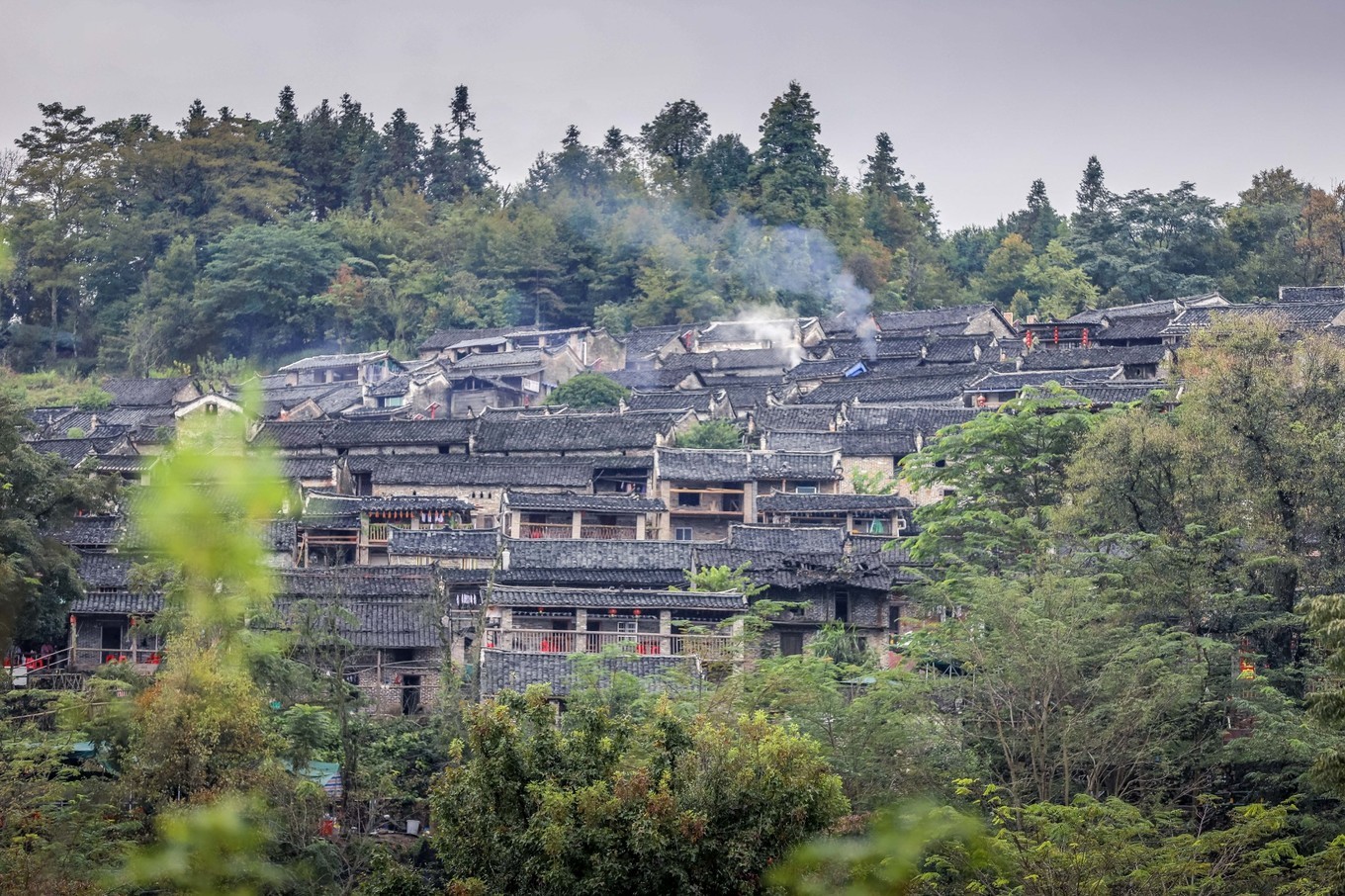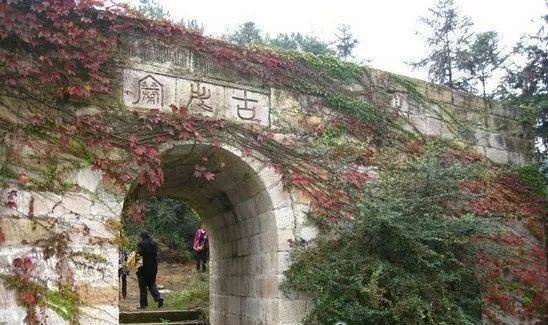


Yaoshan Ancient Village
Yaoshan Ancient Village, located in Libo County, Guizhou Province, China, is a traditional settlement of the Yao ethnic minority. Nestled amidst lush mountains, the village offers a glimpse into the rich cultural heritage and traditional lifestyle of the Yao people. Visitors can experience authentic wooden stilt houses, traditional Yao music and dance performances, and participate in local crafts such as weaving and embroidery. The village provides an immersive cultural experience, showcasing the unique customs and traditions that have been preserved for centuries.
Information
Ticket price
Time
Location
Yaoshan Yao Ethnic Township, Libo County, Qiannan Buyi and Miao Autonomous Prefecture, Guizhou, China
View maps
More about the trip
Yaoshan Ancient Village: An Authentic Yao Minority Experience
Yaoshan Ancient Village, located in Libo County, Guizhou Province, China, is a traditional settlement of the Yao ethnic minority. Nestled amidst lush mountains, the village offers a rare and authentic glimpse into the rich cultural heritage and traditional lifestyle of the Yao people. It's a place where ancient customs are preserved, and visitors can experience a unique way of life.
What to See and Do
Traditional Wooden Houses: Explore the distinctive wooden stilt houses (Diaojiaolou) that are characteristic of Yao architecture. Many of these homes are centuries old and reflect the ingenuity of the local builders.
Yao Cultural Performances: Witness traditional Yao music and dance performances, often featuring colorful costumes and unique instruments. These performances provide insights into their rituals and celebrations.
Local Crafts: Observe local artisans practicing traditional crafts such as weaving, embroidery, and dyeing. You might have the opportunity to purchase authentic handcrafted items directly from the villagers.
Experience Local Life: Wander through the village and observe the daily life of the Yao people. You can see them working in the fields, preparing food, and engaging in community activities, offering a truly immersive cultural experience.
Natural Surroundings: The village is surrounded by beautiful natural landscapes, including mountains and forests, providing a serene backdrop for your visit.
Best Time to Visit
Spring and autumn offer the most pleasant weather for exploring. The village is particularly vibrant during Yao festivals, which are excellent opportunities to experience their culture. Check local calendars for festival dates.
How to Get There
Yaoshan Ancient Village is located in Libo County. You can take a bus from Guiyang or Libo County town to the village. Given its remote location, it might be best to arrange transportation with a local tour operator or hire a private car.
Travel Tips
Wear comfortable shoes: You'll be walking on uneven paths and steps.
Respect local customs: Be mindful and respectful of the traditions and beliefs of the Yao people.
Photography: The colorful costumes and unique architecture offer excellent photo opportunities, but always ask for permission before photographing individuals.
Support the local community: Consider purchasing handicrafts or dining at local eateries to support the villagers.






